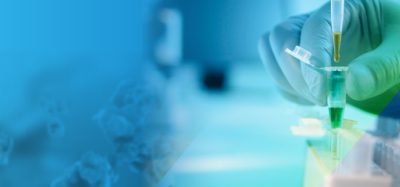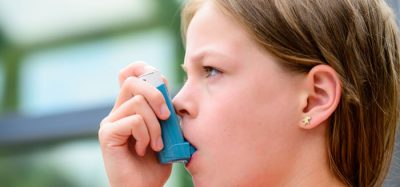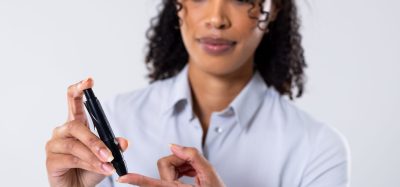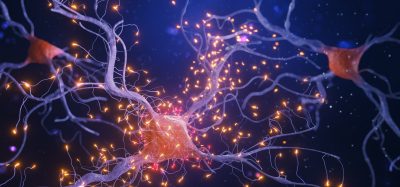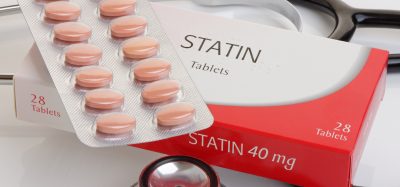New biobank offers hope for sufferers of dry mouth
Posted: 26 May 2025 | Drug Target Review | No comments yet
Mayo Clinic researchers have created the world’s first biobank of human salivary gland tissue-organoids, offering a resource for developing regenerative therapies to treat chronic dry mouth.
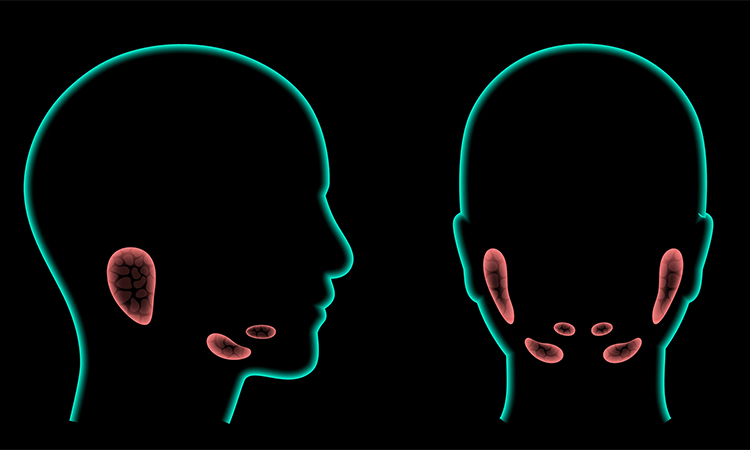

Millions of people worldwide suffer from chronic dry mouth, or xerostomia— a debilitating condition that severely affects quality of life. Mostly triggered by radiation therapy and chemotherapy for head and neck cancers, xerostomia can also be caused by ageing, medications, diabetes, stroke, Alzheimer’s disease and HIV/AIDS. Despite its prevalence, there is currently no cure.
Now, researchers at Mayo Clinic have established the world’s first biobank of human salivary gland-tissue organoids—a crucial resource that may ultimately lead to a cure for this agonising condition. Their findings were published in NPJ Regenerative Medicine.
A critical resource for regeneration
“This unique biobank resource overcomes a major barrier we’ve faced in the field, limited access to standardised salivary specimens suited for salivary gland regeneration research,” said Dr Nagarajan Kannan, the study’s lead author and director of the Mayo Clinic Stem Cell and Cancer Biology Laboratory. “This collection provides a foundation for regenerative therapy development, especially for radiation-induced chronic dry mouth.”
Biomarkers aren’t just supporting drug discovery – they’re driving it
FREE market report
From smarter trials to faster insights, this report unpacks the science, strategy and real-world impact behind the next generation of precision therapies.
What you’ll unlock:
- How biomarkers are guiding dose selection and early efficacy decisions in complex trials
- Why multi-omics, liquid biopsy and digital tools are redefining the discovery process
- What makes lab data regulatory-ready and why alignment matters from day one
Explore how biomarkers are shaping early drug development
Access the full report – it’s free!
The biobank includes samples from 208 donors and offers scientists a consistent and high-quality platform to study salivary gland regeneration. By cultivating rare regenerative cells and identifying biomarkers for mature, saliva-producing cells, researchers aim to enable patients to regrow functional salivary tissue.
Addressing a common and devastating side effect
Nearly 70 percent of patients with head and neck cancer experience permanent salivary gland damage following radiation therapy. Patients struggle with chewing, tasting, speaking, and swallowing, and they face increased risks of tooth decay and oral infections.
“Chronic dry mouth can extend long after radiation treatments are complete. It’s among the top concerns I hear from patients with head and neck cancer,” said Jeffrey Janus, MD, a co-author of the study and an ear, nose, and throat specialist at Mayo Clinic in Florida. “Unfortunately, there aren’t many therapeutics available commercially for these patients.”
Mapping a path to personalised treatment
Using this biobank, researchers created a radiation injury model that simulates the damage caused by cancer therapy. This model, combined with a high-resolution protein map, allows scientists to pinpoint the tissue origin of rare, self-renewing salivary cells. These discoveries will hopefully allow for personalised regenerative biotherapeutics, where treatments are tailored to an individual’s unique cellular profile.
The Mayo Clinic’s pioneering effort not only provides hope to millions suffering from xerostomia but also establishes a blueprint for developing regenerative treatments in other fields of medicine.
Related topics
Disease Research, Organoids, Regenerative Medicine, Stem Cells, Therapeutics, Translational Science
Related conditions
Alzheimer's, Cancer, Diabetes, xerostomia
Related organisations
Mayo Clinic



